Do you need to have a Guitar Teacher?
A key reason to have a face-to-face teacher is that they can provide feedback about your technique in real-time and answer any questions you may have as they arise, which you can’t get from video lessons online. Sometimes the smallest adjustment can make a massive improvement in your playing and provide that ‘light-bulb moment’ that enables you to progress faster, without having to slog through practise using improper technique only to have to make that correction when you stumble across it by accident or by chance on the internet. A Teacher will give you exercises to improve specific aspects of your playing, recommend what books to buy, inspirational videos to watch, music to listen to, and they’ll help with the mechanical side of your guitars set-up, tuning issues, what strings and picks to use, what gear to buy – they’ll be your first of many guitar buddies!
Am I the right teacher for you?
Choosing the right teacher for you can make a huge impact on how quickly you develop as a player and in what styles you develop. As a player, my strengths lay in Blues, Jazz, Rock, Funk, Pop, Country, and Folk. If you are looking for predominantly metal, flamenco, or classical guitar lessons you would be better suited with a different teacher. While I can teach you these genres somewhat effectively, I would be happy to make some recomendations of teachers who could fulfil those needs exceptionally, so please dont hesitate to ask.
As for playing ability, I am comfortable teaching beginner, intermediate, and advanced players in the genres listed above.
Daniel is an awesome teacher. He uses a wide repertoire of musical styles and genres and is super patient while also ensuring my son learns good technique while having fun. Can’t recommend highly enough!
~ Heidi S
Am I too old to learn?
You are never too old to learn! Studies have disproved that the brain stops developing when you reach adulthood. The brain is constantly developing, and while you may not develop your muscle memory as fast as a child might, you can always become the player you want to be, IF you put in the practise, no matter your age.
What type of guitar should I buy?
When buying an instrument, it can be overwhelming. Electric or acoustic, steel-string or nylon, 4 string, 5 string, 6 string, 7 string, 8 string, 12 string!
While you can play any genre on any guitar, certain types of guitar will lend themselves to particular genres better than others. In general, acoustic guitars are used in pop, country, folk, rock, delta blues, classical, flamenco, and gypsy jazz. Electric guitars are used for rock (and all of it’s sub-genres), funk, blues, jazz, reggae, R&B, metal, progressive rock, pop, and grunge.
Most genres use electric bass, as it requires amplification to make the low frequencies loud enough to be heard, but the acoustic bass can be a good choice to play in unplugged settings, or as a convenient travelling instrument.
I always advise students to buy the guitar which makes the sound they want to make. For example, If you love the sound of rock music, playing nylon string acoustic will not motivate you to practise as much as an electric guitar will. If you love folk music, an acoustic may serve you better than an electric.
I also advise that you invest as much as your budget allows into your new instrument. You really do get what you pay for, and often the cheapest guitar will not be easy to play, nor will it won’t inspire you to pick it up and play it.
Electric Guitar
When buying an electric guitar, you will also need to buy an amplifier and a lead (cable). Electric guitars use steel strings. They can come in 7 or 8 string variations which are often used in progressive rock and metal contexts, but for all other genres 6 strings is standard. The normal string gauge is 10-46, with 9 gauge strings being considered light, and anything heavier than 11’s considered heavy. Some common reputable brands that offer budget guitars include Fender, Gibson, Epiphone, Squier, Yamaha, Ibanez, PRS, Ibanez, and Gretsch.


Acoustic guitar
Acoustics produce their volume by passing the vibrations of the strings through the cavernous body and projecting out through the soundhole. Some acoustics can also be plugged into an amp, like the one pictured. The small black control panel allows you to control the volume, EQ, and usually an in-built tuner. These are called Electric-acoustic guitars. If you want to plug into an amp, you should get a digital amplifier, PA, or a specialised acoustic amplifier.
Nylon String or Steel String?
This is a very common question for beginners and parents, and can be confusing when deciding which guitar to buy, or which strings to purchase. If you don’t know what type of guitar you have, look at the bridge; steel strings use string pins to secure the string (the white circles shown below), and nylon strings are simply tied around the bridge. You do not want to mismatch the type of strings with the improper style of guitar, as the tension is different between steel and nylon, and guitars are manufactured to cope with the tension of either steel or nylon strings.

Steel-string Acoustic guitars (like the one pictured above) are more often used in rock, pop, singer-songwriter, folk, country, and bluegrass music. The sound produced by steel strings is more ‘metalic’ with a lot more high-end frequencies than a nylon string, enabling it to better cut through a mix that includes electric guitars, drums, bass and keyboard. Steel strings can be tough to play for a beginner as they do hurt the fingertips more than nylon strings, but if this is the sound you want to create, that is a pain-barrier that is better crossed sooner rather than later. When buying strings, the normal guage is around 12-53, with 11’s considered light, and 13’s or higher considered heavy. Common reputable acoustic guitar brands include Fender, Gibson, Yamaha, Cort, Faith, Takamine, Tanglewood, Martin, Sigma, Maton, Epiphone, Cole Clark, and Taylor.
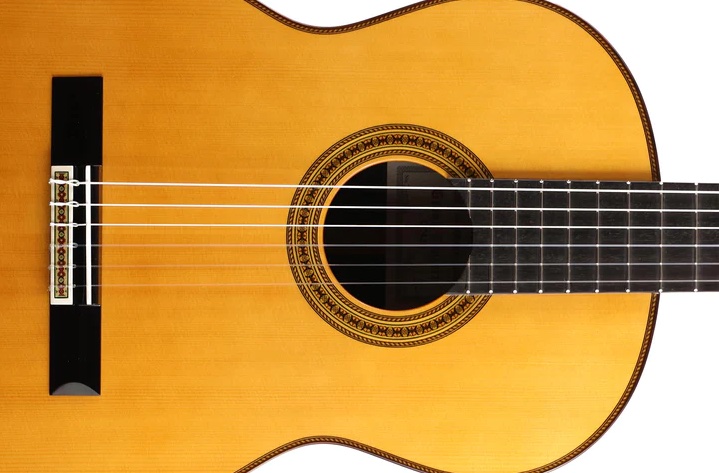
Nylon-string Acoustic guitars (pictured above) are a must-have for classical and flamenco music, but can also sound great in folk or singer-songwriter music. The sound produced is noticably darker than steel strings, with an overall ‘warmer’ sound. The Nylon strings are thicker and softer than steel-strings so they don’t hurt beginners fingers as much as steel string do. When buying new strings, you have the choice of a just few tensions – low, medium, or high. As the name suggest, low tension strings are easier to press down, and high tension strings require a little bit more force. The advantage of high-tension strings is that they go out-of-tine less, and they don’t sound as ‘muddy’ as low tension strings. For beginners, I recommend buying low-tension strings.
Electric Bass
Just like electric guitars, electric basses require an amplifier and a lead. You should buy a bass amplifier, which are higher wattage so that they can push a bigger speaker than a guitar amp has. Never run a bass through a tube guitar amp, as it will cause damage to it. You can however run a bass through a digital/solid-state guitar amp, it just won’t sounds as good as a bass amp. Bass guitars are 4 string as standard, but 5 string is also very common, and 6 string is common in the realm of metal and progressive rock. Standard gauge bass strings for a 4 string bass are 45-105.

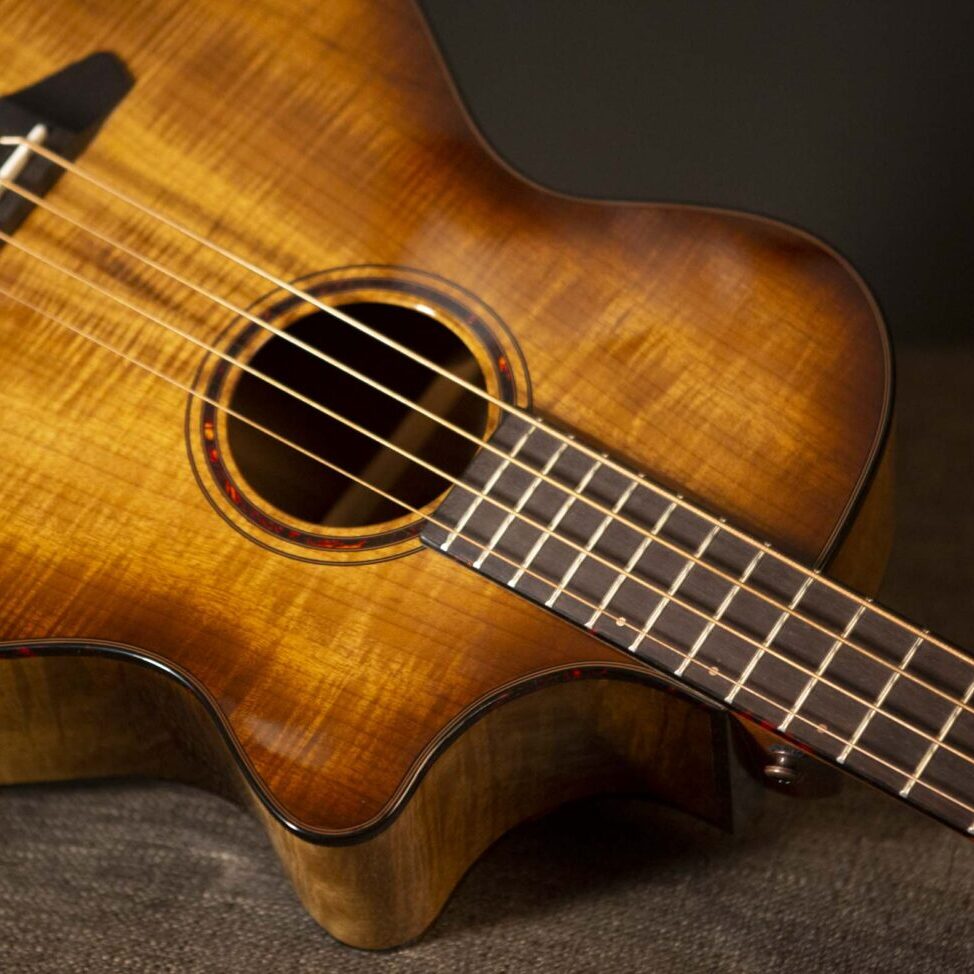
Acoustic Bass
The least common instrument on this list, acoustic basses are quite rare in practicality. They can however offer a unique tone which can’t be replicated on an electric bass. Just like the acoustic guitar, these often come with electric-acoustic functionality, which means you can plug it into a regular bass amp. You do not need a specialised acoustic bass amp, as all bass amps are solid-state. Standard string gauge for acoustic bass guitars is 45-105, just like electric basses.
What is a semi-hollow guitar?
Semi-hollow guitars and basses are in essence electric instruments, but the sides of the body are hollowed out and usually have some sort of holes in the body (f-hole shape like a violin is most common). Usually they have a center block, but sometimes they are fully hollow (kind of like an acoustic, but they look and sound more like an electric). They are a significantly louder when unplugged compared to a solid-body electric, and when they are plugged in they have a warm, woody tone.
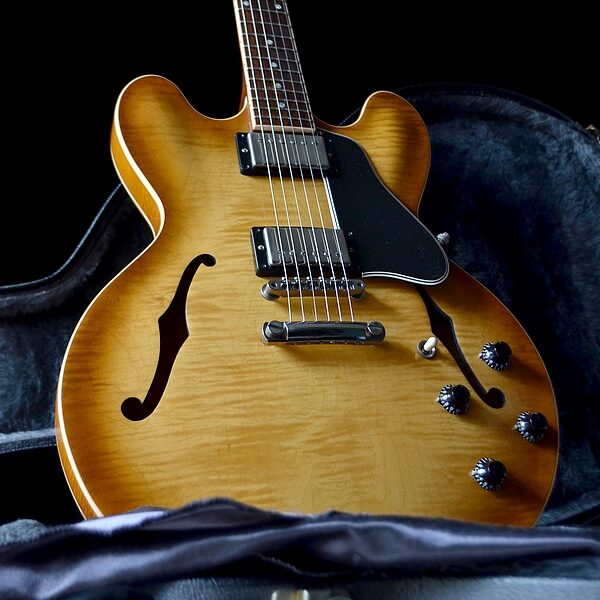
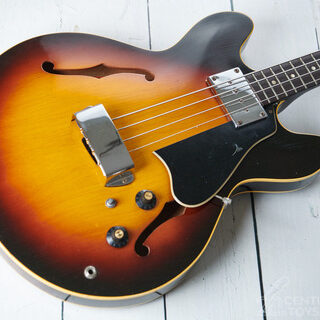
What size guitar should I buy for myself, or my child?
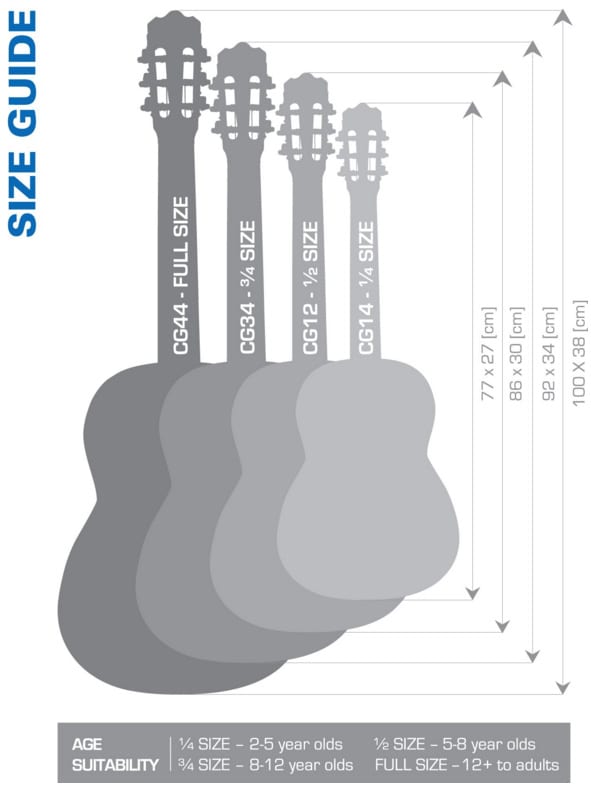
What are all of the different types of picks good for?
Picks come in all shapes, sizes and materials (plastic is most common, but wood and metal are becoming more popular). Bendy picks lend themselves well to strumming especially on acoustics, and stiff picks are better for picking single notes, as they don’t bend as easily which results in more available volume/dynamic range. The tone and volume that the instrument produces varies quite a lot depending on the pick thickness and material that is used, so it is worth experimenting with different picks to find one that you like, and it’s also handy to keep a few types in your collection for different applications, especially if you are recording and want to experiment with the tone produced from various pick/instrument combinations. Brian May of Queen is famous for using a sixpence coin as a pick!
Should I use online resources?
There are so many great online resources to learn from, and tools which can enrich your practise. Sometimes though you may run into conflicting information, and people may use different terminology for the same thing which can lead to confusion. Your teacher should be able to direct you to good resources and also clear up any confusion that you run into. That said, the internet is definitely one of the most useful tools at our disposal as students – it can inspire us, entertain us, challenge us, expose us to new music, techniques and concepts, and aid our practise methods. Here are some of my favorite tools:
- Ultimate–guitar.com – the go-to compendium for online guitar tabs.
- Dronetonetool.com – a useful practise tool that creates a droning cello tone.
- Guitarscientist.com – a diagram creator, excellent for fretboard visualistion. Can export PDF of diagrams.
- Youtube backing tracks – here are some of my favorite backing track creators’ channels.
Benjamin Harrison
Backing tracks by Tim
Elevated Jam Tracks - Spotify backing tracks – similarly, Spotify has thousands of backing tracks. *Requires subscription.
- Youtube tutorials and lessons – there are countless youtube teachers, some of my picks include:
Justin Guitar – he’s the most successful online guitar teacher for a reason. Excellent starting place for beginners to learn the basics.
Music Theory Distilled – a potent explanation of music theory fundamentals.
Adam Neely – a more advanced take on music thoery concepts delivered by a jazz-centric bassist.
Rick Beato – many great long-form videos about music theory and it’s application, as well as production techniques and interviews with famous musicians.
Vertex Effects – an effects based channel, with useful videos about music gear and effects signal chain. - Google Metronome – a basic metronome.
- Soundbrenner Metronome (free app) – a much better metronome.
- iReal Pro – $20 app which is great for learning jazz, and making custom band-in-a-box type backing tracks.
Should I do exams?
Exams are great! Having a deadline can push you to learn a bunch of repertoire and technical studies in a short amount of time. If you are a person who can diligently practise with discipline, the exam curriculums will add direction to your practice and give you a goal to aim for – while having fun doing so.
The Rock School series is a fantastic way to jump into contemporary guitar playing, and will take you from a beginner to advanced player very quickly. It uses a great selection of repertoire that spans a range of popular genres, and covers a vast amount of techniques and music theory. The later grades get into some pretty heavy playing and sets students up to tackle virtually anything in the real world.
AMEB delivers the syllabuses and exams inAustralia, but the syllabuses themselved are created by RSL Awards. I am a registered RSL Awards teacher, and you can view my profile here.
Have any further questions? Let me know in the comments section below!

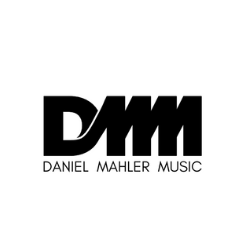
Leave a Reply